The automotive industry's relentless push toward electrification and autonomous driving has placed unprecedented demands on microcontroller units (MCUs). Among these demands, functional safety certification has emerged as a critical differentiator for suppliers aiming to penetrate the automotive supply chain. Unlike consumer-grade electronics, automotive MCUs must operate flawlessly under extreme conditions for over a decade, making compliance with functional safety standards non-negotiable.
Understanding the Landscape of Functional Safety Standards
The ISO 26262 standard serves as the cornerstone for functional safety in road vehicles, outlining rigorous requirements for hardware and software development processes. This standard isn't merely a checklist but a philosophy that permeates every stage of MCU design—from architecture definition to silicon validation. What makes ISO 26262 particularly challenging is its risk-based approach, where safety goals are tailored according to Automotive Safety Integrity Levels (ASIL). An MCU powering an electric vehicle's battery management system, for instance, would typically require ASIL D certification, the highest level of robustness against random hardware failures.
The Hardware-Software Tango
Achieving functional safety certification requires a synchronized dance between hardware and software teams. On the hardware front, designers implement redundant cores, error-correcting code memories, and advanced watchdog timers to detect and mitigate faults. These features aren't bolt-on solutions but must be architected into the silicon from day one. Meanwhile, software teams face the herculean task of developing safety monitors, diagnostic libraries, and failure mode analyses that align with the hardware's capabilities. The interplay between these domains often determines whether an MCU will pass or fail certification audits.
Certification Bodies and Their Evolving Expectations
TÜV SÜD, Exida, and other notified bodies have significantly raised the bar for functional safety evidence in recent years. Gone are the days when suppliers could rely solely on theoretical failure mode analyses. Today's auditors demand empirical data—quantitative metrics for single-point fault metrics, latent fault metrics, and diagnostic coverage. They scrutinize not just the end product but the entire development process, including toolchain qualification records and change management protocols. This shift has forced MCU vendors to invest heavily in specialized functional safety teams and verification infrastructure.
The Silent Challenge of Process Maturity
Behind every successfully certified automotive MCU lies an often-overlooked foundation: process maturity. Functional safety isn't achieved through heroic last-minute efforts but through institutionalized processes that ensure consistency across projects. This includes rigorous configuration management, traceability from requirements to test cases, and documented evidence of process adherence. Many promising MCU designs have stumbled during certification not because of technical shortcomings but due to inadequate documentation of development artifacts.
Emerging Technologies Complicating the Certification Landscape
As automotive MCUs incorporate AI accelerators for autonomous driving functions and advanced cryptographic modules for cybersecurity, the functional safety equation grows more complex. These novel components lack established certification precedents, forcing safety engineers to develop innovative assessment methodologies. The industry is witnessing particularly intense debates around how to apply ISO 26262 to machine learning algorithms—a domain where traditional fault detection mechanisms may prove inadequate.
The Cost of Getting It Wrong
The consequences of functional safety lapses extend far beyond failed certification attempts. Recalls triggered by MCU-related failures can cost hundreds of millions, not to mention the irreparable damage to brand reputation. More ominously, as vehicles become increasingly software-defined, the window for post-release safety patches is shrinking—regulators now expect safety-critical systems to be intrinsically robust rather than patchable. This paradigm shift has turned functional safety from a compliance exercise into a core competitive advantage.
Looking Beyond ISO 26262
Forward-thinking MCU suppliers are already preparing for the next wave of safety requirements. The upcoming ISO 21434 cybersecurity standard and evolving autonomous vehicle regulations will create additional layers of certification complexity. The most successful players will be those who treat functional safety not as a hurdle but as a fundamental design principle—one that informs architectural decisions at every turn and creates tangible value for automakers navigating their own safety certification journeys.
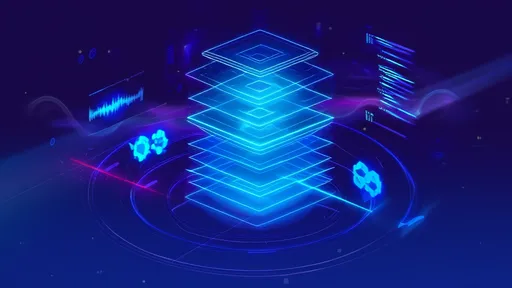
By /Jul 11, 2025

By /Jul 11, 2025

By /Jul 11, 2025
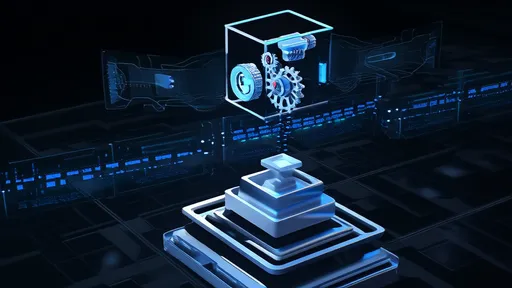
By /Jul 11, 2025
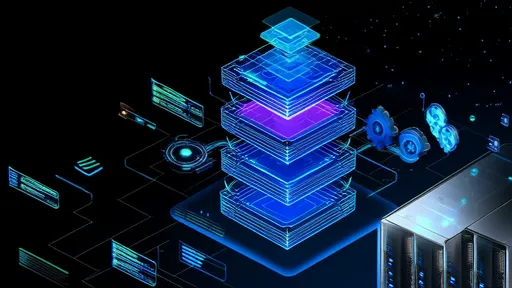
By /Jul 11, 2025
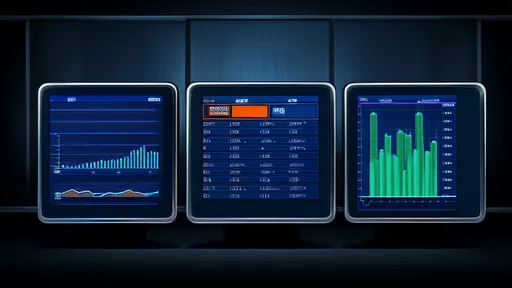
By /Jul 11, 2025

By /Jul 11, 2025
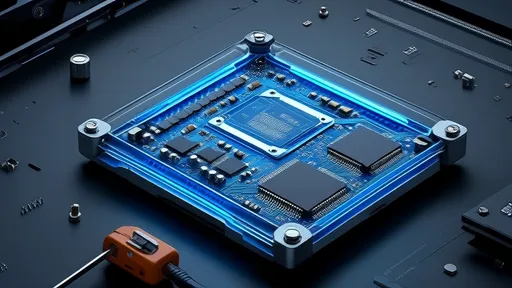
By /Jul 11, 2025

By /Jul 11, 2025

By /Jul 11, 2025
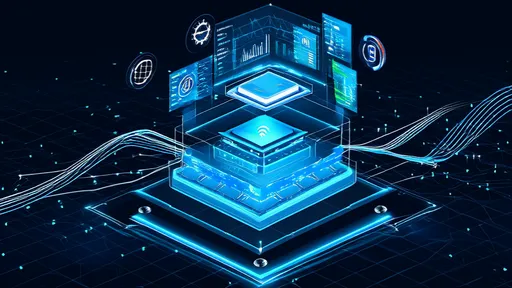
By /Jul 11, 2025
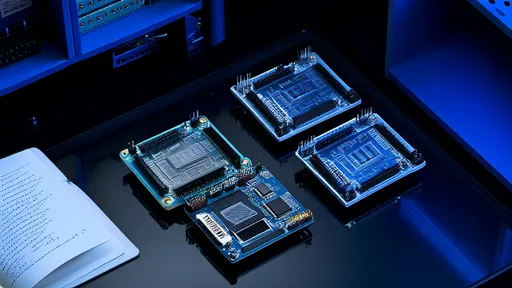
By /Jul 11, 2025

By /Jul 11, 2025

By /Jul 11, 2025

By /Jul 11, 2025

By /Jul 11, 2025
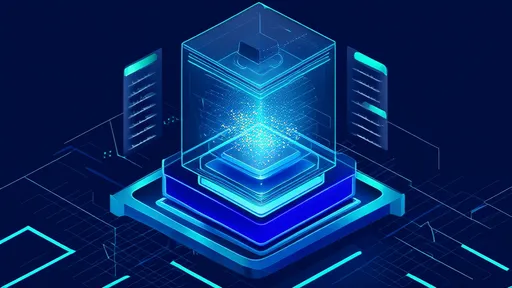
By /Jul 11, 2025

By /Jul 11, 2025